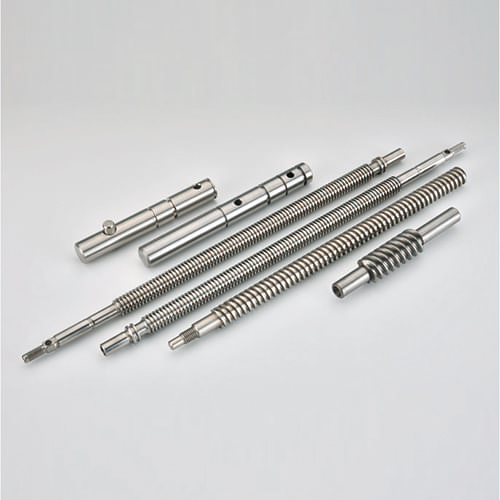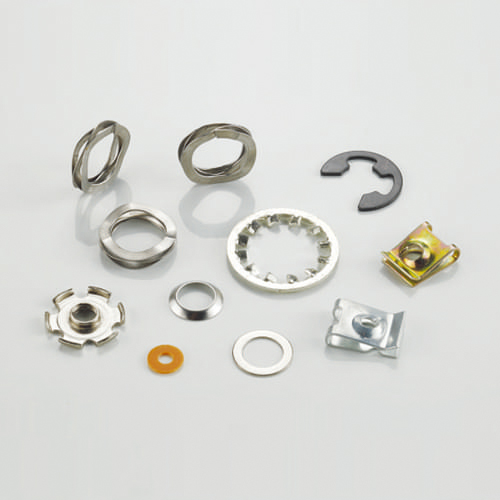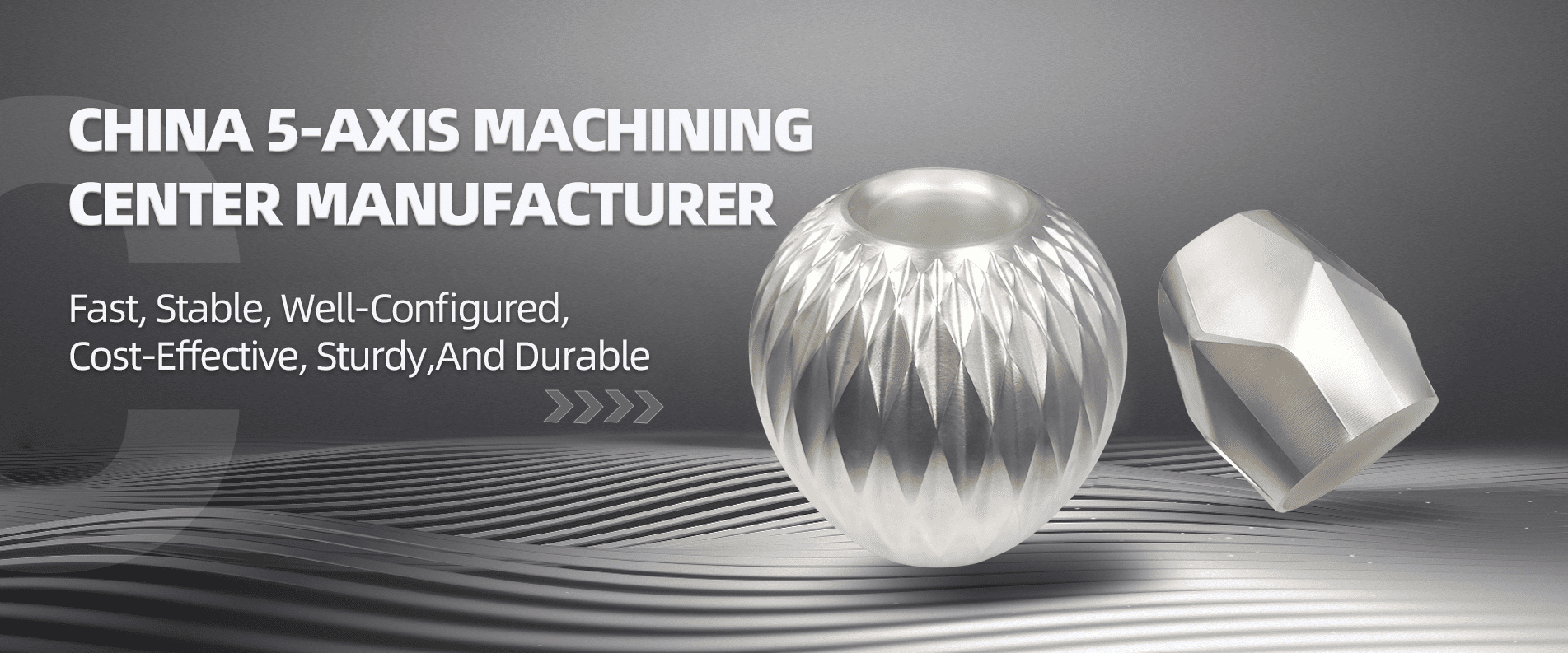5-axis machining machine tools, as high-tech, high-precision machine tool systems specialized in the machining of complex surfaces, have a pivotal influence on the national aerospace, military, scientific research, precision instruments, high-precision medical equipment, and other industries.
One of the ambitious goals of manufacturing is to complete machining in a single pass: to put a piece of material into a machine, run a program, and end up with a perfectly finished part. Arguably more than any other process, 5-axis machining brings us closer to the goal of "finishing in one pass," which is the use of a CNC to move a part or cutting tool in five different axes at the same time. It is capable of machining very complex parts, which is why 5-axis machining is especially popular in the aerospace industry. Medical parts and tools need to be designed with enough precision to ensure that components used for surgery or replacement parts fit perfectly. Incorrect cuts or imperfect edges can render medical supplies unusable. This makes 5-axis machining the preferred way to create customized medical tools and components. 5-axis is already fully machinable It can be realized in one clamping, which can reduce the cost of clamping and reduce the product scratching and bruising. 5-axis CNC machining is suitable for processing some multi-station apertures as well as flat surfaces, and machining parts with high accuracy requirements, especially those with more stringent requirements for shape machining accuracy. There are many benefits of using 5-axis CNC machining technology, as shown below:

1. Easy setup: 5-axis CNC machines make it possible to easily machine complex shapes in a single setup. It does not require multiple setups, which can lead to errors. A single setup helps reduce setup and manufacturing time and increases productivity. In addition to shortening lead times, this machining technology helps increase production and cash flow.
2. Faster cutting speeds: Because 5-axis CNC machining allows simultaneous movement along both the X and Y axes, you can use shorter, more rigid tools. Using shorter and more rigid cutting tools helps to cut faster with minimal or negligible vibration.
3. Improved accuracy: 5-axis CNC machining achieves higher part accuracy by not moving the workpiece during machining.
4. Superior finish: The shorter tools used during 5-axis CNC machining help achieve superior surface finish, resulting in better part quality.
5. Ability to machine complex parts: With this machining technology, you can manufacture extremely complex machine parts in less time and at a lower cost. This is a great benefit for small run applications or prototypes.

Another question is how many axes do you need? The geometry of the workpiece determines whether three, four or five axes are used. For example, a turbine blade is a free surface and quite complex. The most efficient way to machine such a blade is to use a 5-axis machine so that the tool spirals around the blade airfoil. You can also use a 3-axis machine to machine the surface of the blade by constantly changing its position, but this is usually not the most efficient way. Of course, we also have to consider the customer's needs. Due to the complexity of 5-axis milling, the demands on the operator operating the machine will be higher. Typically, experienced operators are always paid more, and this adds up to the total machining cost.
 English
English














































